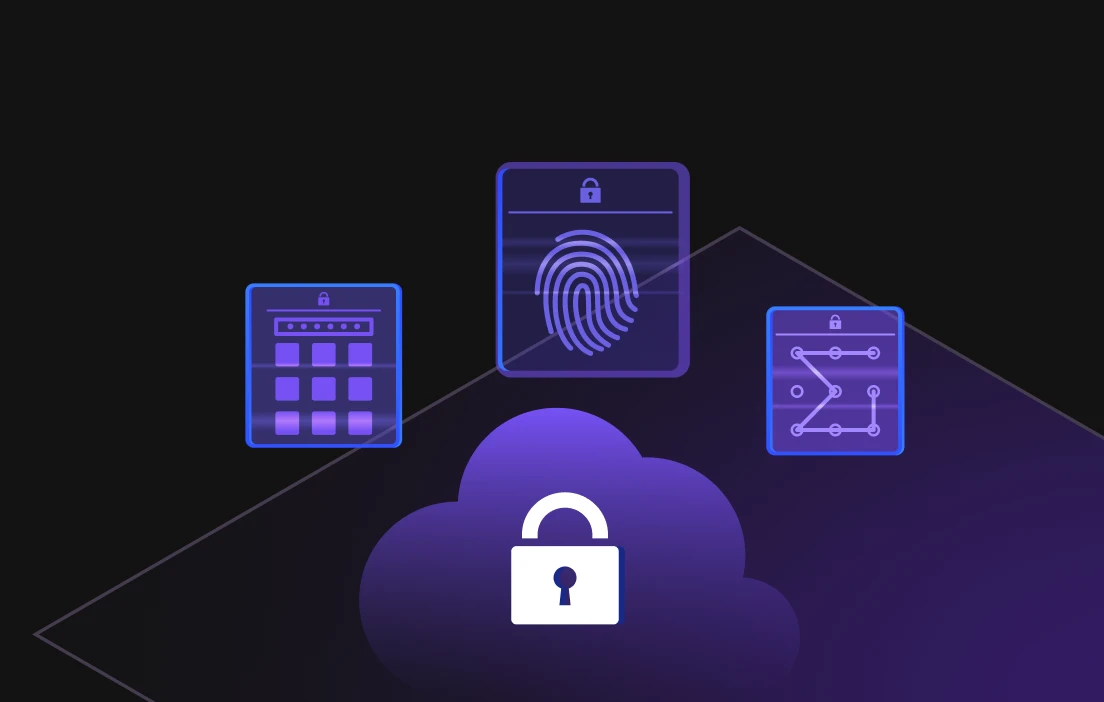Data exposure in hybrid cloud environments refers to the unintentional or unauthorized access, leakage, or loss of sensitive information stored or transmitted between public and private clouds.
Hybrid cloud setups combine the scalability of public cloud platforms with the security of on-premises or private cloud infrastructures, making them a popular choice for organizations handling large volumes of data.
However, this interconnected structure can create vulnerabilities, exposing critical data such as personally identifiable information (PII), financial records, or proprietary business data.
Reasons for Data Exposure Risks in Hybrid Cloud Environments
Data exposure in hybrid cloud environments results from misconfigurations, inadequate security measures, and misunderstandings of the shared responsibility model between cloud service providers (CSPs) and customers.
Below are common 3 reasons:
1. Misconfigurations and Weak Access Controls
Improper configuration of cloud services can lead to unauthorized access. Here’s an example, a study highlighted vulnerabilities in Amazon Web Services' (AWS) Application Load Balancer (ALB) that could allow attackers to bypass access controls due to user implementation issues. AWS responded by updating their documentation to guide more secure configurations. (source)
2. Insufficient Understanding of the Shared Responsibility Model
The shared responsibility model delineates security obligations between CSPs and customers. AWS, for example, is responsible for the security "of" the cloud (infrastructure), while customers are responsible for security "in" the cloud (data, applications). Lack of establishing clear responsibilities can lead to gaps in security coverage. (source)
3. Overcomplication and Tool Sprawl
It refers to the security risks caused by using too many uncoordinated tools and services, leading to gaps and inefficiencies in protection. In this breach example, hackers successfully stole terabytes of data from Ticketmaster and other clients of the cloud storage company Snowflake and gained access to some Snowflake accounts. However, they first compromised a Belarusian-founded contractor associated with those customers. (source)
Solution for Data Exposure in Hybrid Cloud Environments – Data Tokenization
Instead of fixing all the above challenges at once or overhauling the entire cloud environment, it is best to minimize data exposure at the source before the data leaves your systems. This means protecting sensitive data right from the start rather than relying on controls and measures that kick in later.
This is done by tokenizing sensitive data as soon as it’s generated, which can ensure that it’s never exposed in its original form, even if it’s transmitted or stored across different environments.
Data tokenization is the process of replacing sensitive data with unique tokens that retain essential information without exposing the original data. These tokens are meaningless on their own and can only be mapped back to the original data through a secured tokenization system.
*Check out our quick guide to data tokenization.
Protecting Data at the Source with Fortanix Data Tokenization
Fortanix Data Tokenization ensures that sensitive data is tokenized and encrypted as soon as it’s created. This minimizes the risk of exposure because data is protected right at the source — before it has a chance to be exposed in an unprotected form, resulting in securing data, even when transmitted between environments.
Consider a hybrid cloud application that collects sensitive customer information, like Social Security numbers, on-premises but then moves it to the cloud for processing. With Fortanix, this sensitive data is tokenized at the source on-premises, meaning that when it’s transferred to the cloud, it’s already in a protected, tokenized format. The cloud service never sees the raw, sensitive data, reducing the risk of exposure during data transfer.
Vaultless Format-Preserving Encryption (FPE)
Traditional tokenization solutions rely on a central vault to store the mapping between the original data and its tokenized version. This complex process is complex and can be a bottleneck when managing large amounts of sensitive data.
Fortanix’s data tokenization with Format-Preserving Encryption (FPE) is a vaultless approach that removes this need for a separate storage vault. Instead, the data is securely tokenized and encrypted in a distributed way. Here, the system more scalable with minimal operational overhead.
With Fortanix FPE, you do not have to sync token mappings across environments. Data is securely tokenized wherever it resides — on-premise or in the cloud — without needing a separate vault.
Maintaining Data Usability
Fortanix’s Format-Preserving Encryption (FPE) encrypts the data while keeping its format unchanged. This means the tokenized data looks like the original data (a tokenized credit card number still looks valid). For example, a cloud-based billing system and an on-premises inventory management system can securely process customer information like credit card numbers without changing their existing processes. Organizations can use their applications and systems without disruption.
Secure Data in Transit and at Rest
Using Fortanix’s FPE the data is tokenized and encrypted before it leaves the on-premises environment. It means that even if a malicious actor intercepts the data in transit, it remains secure, as all they encounter are meaningless tokens instead of valuable customer information. This capability helps businesses that want to move sensitive customer data between its on-premises data center and a public cloud storage service.
Scalable and Flexible Security
Suppose a company operates across multiple regions and uses various cloud platforms like AWS and Azure alongside an on-premises system for its legacy operations. And they need to protect sensitive customer data, like credit card details and personal information.
If the company uses traditional tokenization with a centralized token vault, they face latency issues when accessing or verifying tokens across regions. The centralized vault becomes a single point of failure, leading to potential security risks when scaling operations to new regions.
With Fortanix’s vaultless tokenization, tokens are generated and managed without relying on a centralized vault. Fortanix can tokenize sensitive data directly where it’s generated reducing latency.
Compliance and Regulatory Support
Fortanix’s data protection tokenization with FPE secures data and helps organizations meet compliance requirements such as GDPR, PCI-DSS, and HIPAA. Since the tokenized data has no direct relation to the original sensitive data, it significantly reduces the compliance audits risks and simplifies reporting.
Related read: Data Tokenization as A Key Tool for PCI DSS Compliance
Conclusion
Data tokenization with Fortanix’s Format-Preserving Encryption is a must solution for businesses managing data security in hybrid cloud environments. They can protect sensitive information without disrupting workflows or disfiguring existing infrastructures.
Ensure your data is both protected and usable with Fortanix’s data tokenization solutions and connect with our team to request a demo.

 Cite this article
Cite this article









